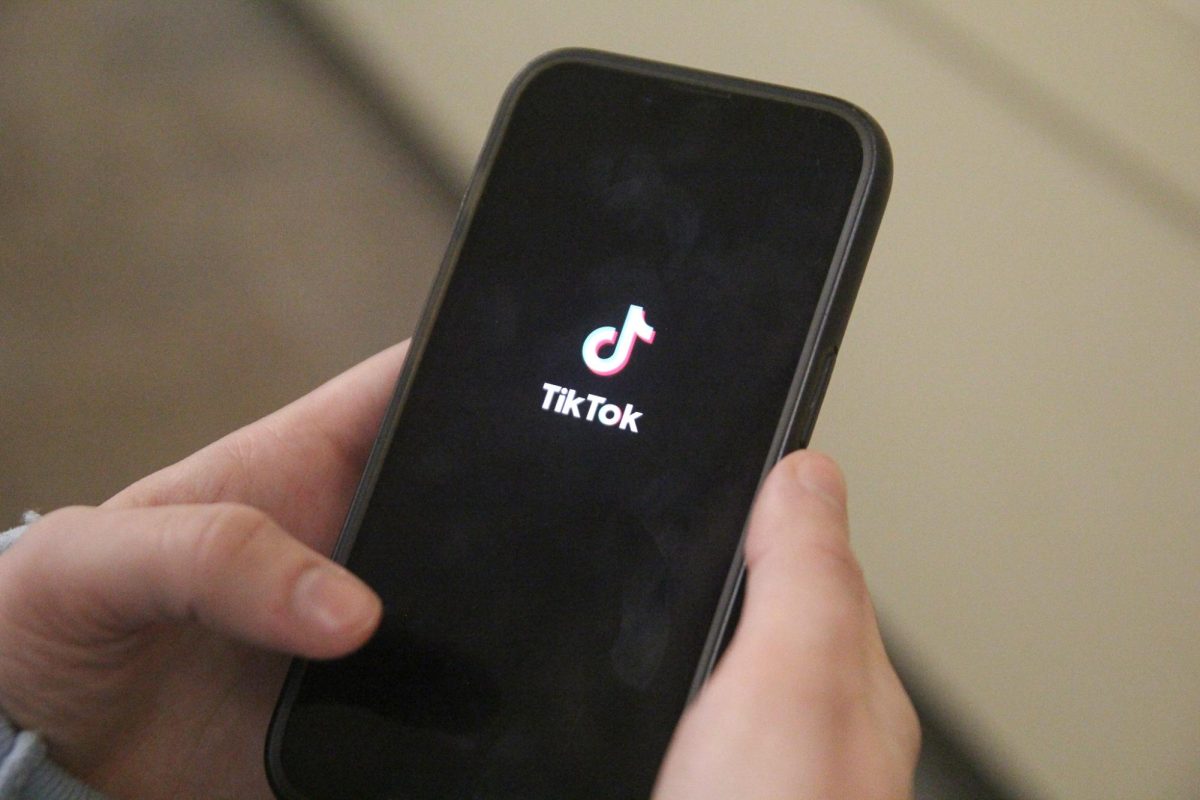Google has managed to combine the features of AIM, Twitter, and Facebook, plus some groundbreaking advances in on-line communication, to create a monster social networking service called Google Wave.
Wave is an intricate system developed to enhance efficiency in online communication. The creators describe it as a bigger and better version of email. Instead of dealing with tedious mail chains, downloading attachments, and waiting days (or weeks) for a response, Wave encompasses capabilities such as instant messaging, collaborative mass-messages, and efficient media-sharing, resulting in a stream, or “wave,” of continuous communication.
Wave is currently in testing phase, but when Google determines it suitable to be used by the public, people will be able to provide an email address and password to request an invitation to join, similar to Gmail.
With the ability to constantly change, update, join, or create various streams of interaction, systems like email are already becoming archaic. Due to the increasing popularity, efficiency, and “user-friendly” nature of programs like Wave and Facebook, email is largely on the decline.
According to The Wall Street Journal Report, the number of users on social-networking sites jumped 31% to 301.5 million users since last year.
“The whole idea of this email service isn’t really quite as significant anymore when you can have many, many different types of messages and files and when you have this all on the same type of networks,” said Alex Bochannek from the Computer History Museum in Mountain View, California.
Ironically, the seemingly boundless capabilities of services like Google Wave actually result in limited usefulness. According to a review in Time magazine, when Wave is up, it will be hard to focus on anything else.
While the purpose of these services is to enhance efficiency in the workplaces and fast-paced lifestyles of most Americans, new technologies such as Wave have a high demand for attention. Operating in real time, such systems demand constant connection and immediate response; people are more obligated to constantly check for updates and feel pressure to reply instantly.
Time claimed that Wave demands immediate attention like an IM or a phone call or, for that matter, a crying baby.
The other result of a constant stream of communication is information overload. A person can simultaneously obtain information about what his neighbor had for breakfast, receive an album of pictures from his cousin’s vacation to Chile, and get updates on the status of his co-worker’s pregnancy. As Time magazine says, getting more information right away isn’t always the most efficient way to work. If Google is hoping Wave will appeal to businessmen and company owners across the globe, a high demand for organization and filtering will quickly follow.
Ultimately, the more control technology has over the ways people communicate, the more people become dependent on technology to not only provide the most efficient forms of communication, but also to prioritize, organize, and filter through the loads of information now at their fingertips.
Categories:
Google’s New Communication Powerhouse
Christina Dohr – Features Editor
•
November 17, 2009









